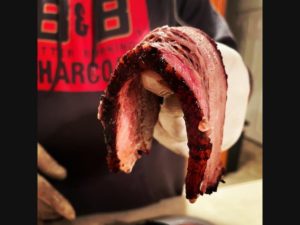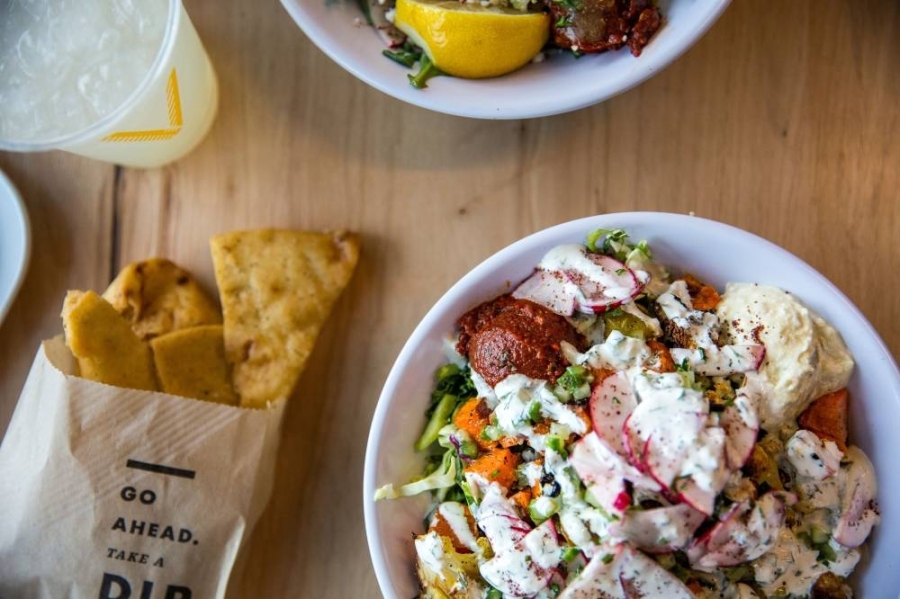 Is it the smoke or the heat? The wood, or the time? An informal poll of grillmasters finds some agreement, but many paths to perfection.
Is it the smoke or the heat? The wood, or the time? An informal poll of grillmasters finds some agreement, but many paths to perfection.
DALLAS — It’s all fun and games until someone asks if there’s any real difference between grilling and smoking.
Texans, and Dallasites in particular, take a pride in barbecue that’s relative to the size of the state. Their friends to the north and west don’t understand of course, and many still believe that “a barbecue” refers to that wobbly flying saucer on a tin tripod you can buy at a surplus store to sear steaks when July finally warms the weather.
First off, this is a hobby, but the deeper you dive, the more serious the approach. And while many grillmasters go about their work with ear-to-ear grins, they often take their meat more seriously than themselves.
What makes Texas barbecue uniquely Texan isn’t something they universally agree upon, but many say that one of the great identifiers is (A.) brisket, and (B.) what they call “the ring and the bark.”
Most agree on terms as well. In general, the “smoke ring is a visual cue in the outer layer of the meat ranging from pink to red running in a ringlike pattern.” This,” says one pitmaster, “is a good visual cue for showing how much smoke has penetrated the meat.”
By contrast, “the bark is generally the outer skin and seasoning,” which “varies due to personal tastes. But most would say a nice bark is consistent throughout and not too thick.” There’s some wiggle room here from meat to meat, says one, “as some meats are better sweet, some spicy, and some anywhere between.”
Sure, preference has plenty to do with it. When it comes to wood to smoke by, some prefer hickory (a universally popular choice that adds depth of flavor), but many Texans swear by local mesquite, since it imbues a savory bite that reminds them of their roots. Others suggest pecan (pronounced “pee-cannn,” one griller insisted we relay), which provides a subtle hint of something extra below the surface.
If you want to start an argument among them, mention sauce. Dallasites traditionally turn up their noses at the vinegar-based sauces of the mid-Atlantic and they aren’t crazy about Kentucky’s sweet sauces, either. In North Texas, some say the more heat and body to a sauce the better. Their opponents clap back, saying the best barbecue needs nothing other than butcher paper to keep it off your lap.
“If it needs sauce,” one pitmaster opined, “it wasn’t cooked right.”
One thing’s for sure: Texans will burn nearly any flesh you put in front of them. That means chicken, beef and pork are all endangered species. There’s even a place that ships habañero turkey for Texas ex-pats hankering for holiday home cooking. But nothing says Texas, they say, like brisket.
That’s “iconic Texas barbecue,” according to one grillmeister. Billy Joe’s BBQ owner and postmaster Bill Lowery takes that concept to an entirely new level (that’s his wife’s photo above) in claiming it’s all about “the bend.” Apparently the best barbecue can be draped like an accessory over the wrist. That’s wearing your taste on your sleeve, for sure.
After that, it’s all about time and smoke, they agree. Beer? That’s a given — as a baste, or simply an ideal way to ease the wait between the edible and the unforgettable.
Finally, nearly everyone in our survey did agree that the process might only require one chef, but the meal is incomplete without company.
“It ain’t BBQ unless you have people to share it with” said one experienced hand. “It’s about family, friends, and neighbors — something this world could use a lot more of.”
Source: https://patch.com/texas/dallas-ftworth/dallasites-get-your-grill-what-makes-texas-barbecue




0 Comments